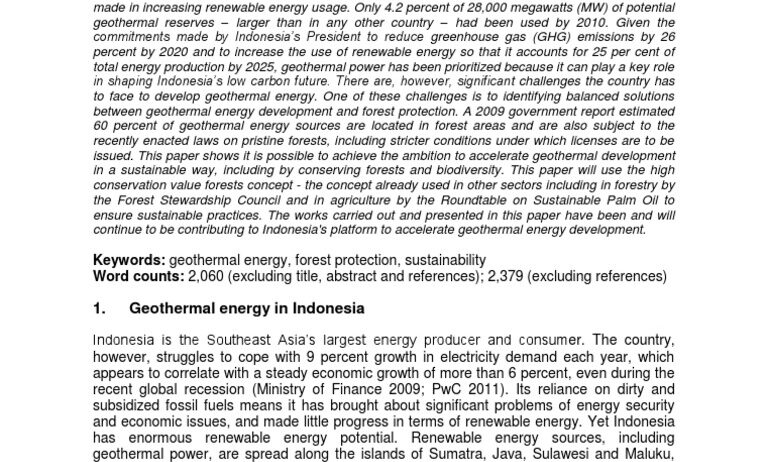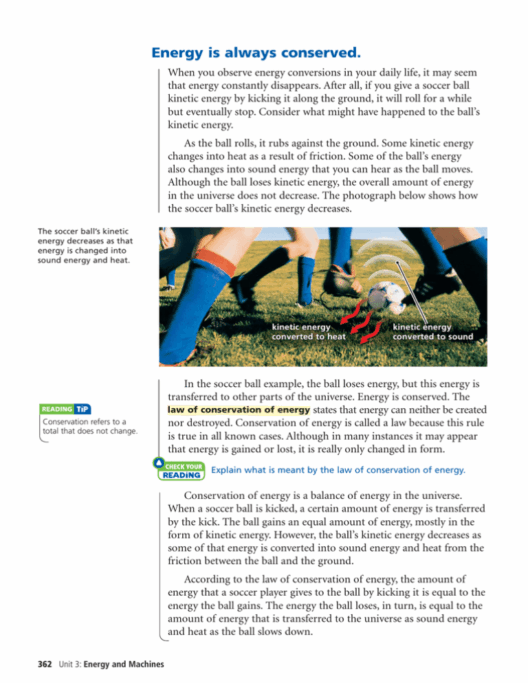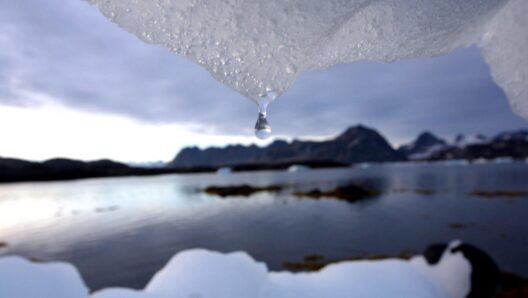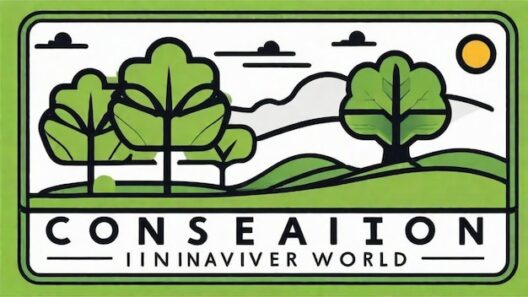Water conservation is paramount in environmental sustainability, especially in the context of geothermal energy production. As the demand for renewable energy sources burgeons, so does the necessity of managing natural resources judiciously. This article elucidates strategies for conserving water in geothermal energy applications, encapsulating diverse facets of water management in the geothermal sector.
Geothermal energy, derived from the natural heat of the earth, is often harnessed through geothermal power plants. These facilities frequently utilize large quantities of water for various processes including cooling, steam production, and reinjection. Consequently, environmental impacts can amplify if water is not managed effectively. Understanding these impacts is essential to achieving a balance between energy production and environmental stewardship.
Firstly, it is imperative to acknowledge the water requirements in geothermal processes. When vaporizing water to generate steam, facilities may consume significant volumes. In conventional geothermal plants, this water is drawn from underground aquifers, which can deplete local water resources. This dependency raises pressing questions about sustainable practices and conservation methodologies.
One of the primary strategies to enhance water conservation is through the implementation of closed-loop systems. These systems circulate water in a sealed environment, minimizing evaporation and ensuring that the same water is reused multiple times. In contrast to open-loop systems, which discharge water after one usage, closed-loop systems drastically curtail the volume of water extracted from surrounding ecosystems.
Moreover, adopting advanced cooling technologies can play a crucial role in mitigating water usage. Traditional cooling towers require significant amounts of water for heat dissipation. Conversely, air-cooled heat exchangers, which leverage ambient air for cooling purposes, substantially reduce water dependency. For regions with limited water resources, this shift is not only beneficial but necessary to circumvent environmental degradation.
A further avenue for conservation lies in the treatment and reuse of water. Geothermal operations can incorporate advanced filtration and purification systems that allow for the recycling of wastewater back into the geothermal process. This reclamation methodology not only conserves water but also widely enhances production efficiency. In locations where water scarcity is a concern, deploying such technologies can alleviate the strain on local ecosystems.
In addition to technological innovations, regulatory frameworks should promote sustainable water use. Governments, in collaboration with environmental organizations, can establish guidelines and incentive programs aimed at reducing freshwater consumption in geothermal industries. Formulating water use permits that enforce limits on extraction can help preserve local water tables while still allowing geothermal plants to function effectively.
Public awareness and participation also contribute significantly to water conservation efforts. Educating local communities about the implications of geothermal energy on water resources fosters a culture of responsible usage. When citizens understand the challenges associated with water in energy production, they can more actively advocate for sustainable practices and support initiatives that promote conservation.
Furthermore, stakeholders in the geothermal sector can invest in research and innovation geared toward developing alternative cooling methods and water-saving technologies. Collaborations between industry leaders, academic institutions, and environmental agencies can spur breakthroughs that lead to more sustainable geothermal energy practices. By championing such research, the industry can stay ahead of regulatory changes and community expectations regarding water conservation.
It is also advantageous for geothermal companies to engage in responsible land management practices surrounding their facilities. Protecting adjacent ecosystems helps maintain the natural hydrology of the area, which can naturally replenish local aquifers. By prioritizing the preservation of wetlands and other vital water sources, geothermal plants can contribute to a balanced ecosystem while simultaneously meeting energy demands.
In conclusion, the nexus of geothermal energy production and water conservation is intricate yet critical. By embracing a multifaceted approach that includes closed-loop systems, advanced cooling technologies, water reuse, robust regulatory frameworks, community engagement, and responsible land management, the geothermal sector can procure energy sustainably while safeguarding vital water resources. As society progresses toward renewable energy adaptations, fostering a culture of conservation will ensure that geothermal energy remains a viable and environmentally-friendly solution, balancing resources smartly for future generations.
Implementing these strategies will require concerted efforts from various stakeholders, including industry leaders, policy makers, and local communities. By working collaboratively, we can create a path forward that harmonizes energy production with the imperative of preserving our precious freshwater resources, paving the way for a more sustainable future.







